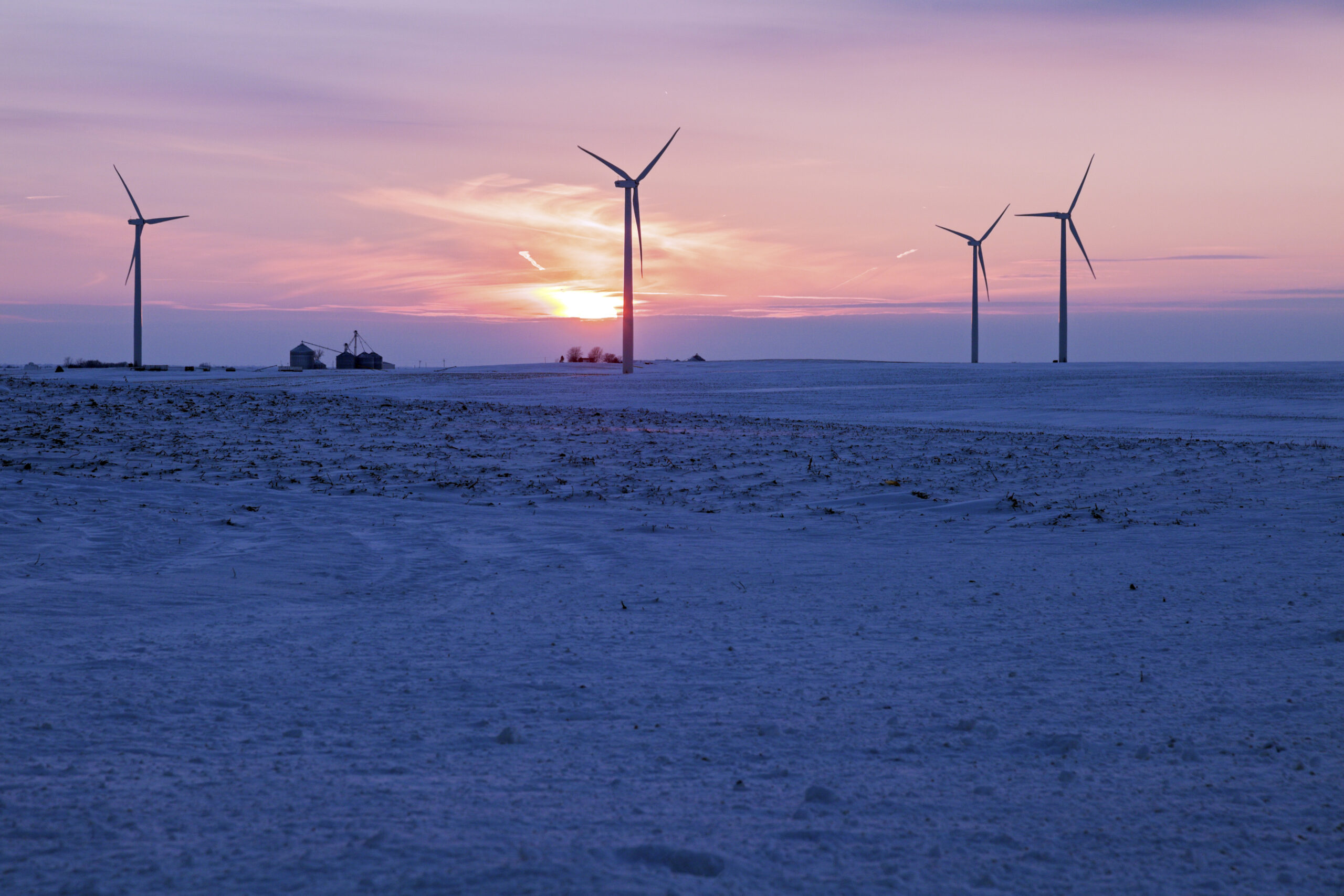21 diciembre 2020
A breath of optimistic wind – forecasts for the renewable energy industry in Poland for 2021

The end of the year is usually a time for summaries and an attempt to predict what may happen in the next 12 months. The passing year 2020 will surely be remembered by all of us for a long time. The ongoing pandemic and the resulting lockdown have caused many economic problems around the world. What was the year for RES in Poland and what will happen next year?
An unexpected bonus for latecomers
Of course, the pandemic also had an impact on the RES industry, in particular on new, yet unfinished investment projects. It was also the reason for limiting the previously planned two auction dates during this year to one in late November/early December. Adopting the subsequent versions of the so called «anti-crisis shield» made it possible for investors to extend the dates of the first electricity production declared in auctions won in previous years. Project owners were also granted the right to extend the investment implementation dates in the schedules of connection agreements concluded with grid operators by an additional 12 months. This was explained by disruptions in the production of components and difficulties in the construction sector. Quite unexpectedly, those entrepreneurs who had delays in the development or implementation of their projects in relation to the previously required deadlines certainly benefited from this.
What will 2021 bring?
Another very interesting 12 months in the renewable energy industry are ahead of us. Despite the ongoing pandemic, the future can be viewed with optimism. Below I present three issues that, in our opinion, will create an interesting year for the Polish RES:
- The boom on PV projects will reach its peak – PV projects, regardless of whether they are small, up to 1MW or large, with a scale of several dozen MW, will be implemented by absolutely everyone, prosumers, small private companies or large companies of the State Treasury. The highest number of connected and developed PV projects can be predicted next year. This is confirmed by the recent auction results, where PV has shown its strength. Therefore, there will be much work to obtain the necessary permits, their construction and operation. The next year’s auction is going to be particularly interesting, where in the case of a basket of projects above 1MW, photovoltaics may not have such strong wind competition as in previous years. This trend is already visible in this year’s auctionNearly half of the winning MW will be created in photovoltaic technology. The provisions of the Distance Act, which are still in force – despite government declarations – have caused a complete stagnation in the development of new wind projects, and the number of those implemented on the basis of transitional provisions is definitely limited. Therefore, large-scale photovoltaic projects lose a dangerous competitor and they will be the big winner of the auction in 2021. This is confirmed by the ongoing work on determining the size of the volumes in individual auction baskets for the next year. The assumed volumes of auction baskets definitely prefer photovoltaics among all RES technologies.
- Onshore wind development is back – It is true that the planned amendment to the Distance Act is delayed, but we expect it to finally enter into force in the first half of next year. Thus, the development of new projects will start as well as the lifting of projects for which the development process stopped in 2016 (and which will be adapted to the requirements of the amended act). Therefore, we keep our fingers crossed for the fast legislative path and positive changes for the industry and the mitigation of the 10H criterion introduced in 2016.
- Adoption of the act on the implementation of offshore wind farms – All companies that will be involved in the preparation of offshore projects in the Baltic Sea, including service and technology providers, are also rubbing their hands. The draft act on promoting electricity generation in offshore wind farms was unanimously adopted by the Sejm. There is still a vote in the Senate and then the President’s signature. However, this seems only a formality in the face of the ubiquitous agreement on this subject. Next year is an intensive time of developing these projects and obtaining appropriate rights to land and the necessary permits.
As you can see, an optimistic wind is blowing. That is why we look to the future with high hopes. We wish everyone health and peace for the next year and a lot of success in the coming New Year.
Kamil Koczara
Development Manager
Tundra Advisory



